Home >Technology peripherals >AI >Travel around the world in 7 minutes! ChatGPT opens the time and space portal, enter the address and travel through it in one second
Travel around the world in 7 minutes! ChatGPT opens the time and space portal, enter the address and travel through it in one second
- PHPzforward
- 2023-05-24 23:10:041586browse
Traveling around the world is a life many people dream of.
Helpless, as a worker, how many people can really get what they want.
What is surprising is that foreign brother Nils Bakker has achieved a "sitting at home" around the world travel.
I have built a super cool "virtual space transmission system" that can travel to the ends of the world without spending a penny.
"Take me to the center of the Netherlands", the space-time tunnel opens and teleports to Utrecht, the fourth largest city in the Netherlands.
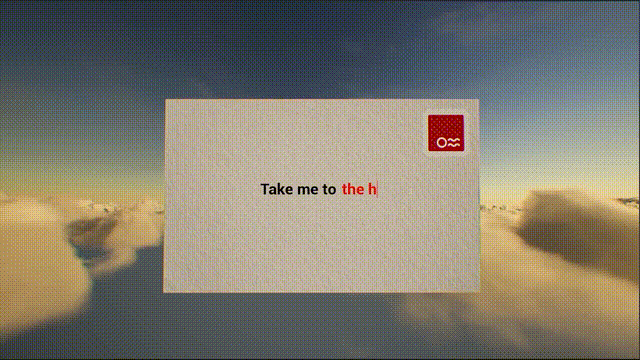
Next stop, Neuschwanstein Castle in Germany. Located at the foot of the Bavarian Alps, Neuschwanstein Castle is like a dream castle in a fairy tale.
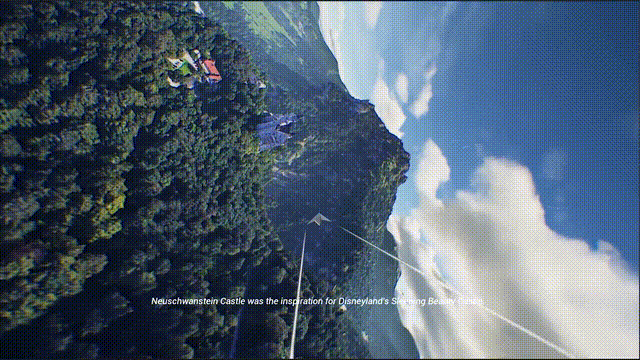
#Go and experience the Italian-style Rome.
Come to the largest amphitheater built by the Roman Empire to experience the charm of the Eternal City.
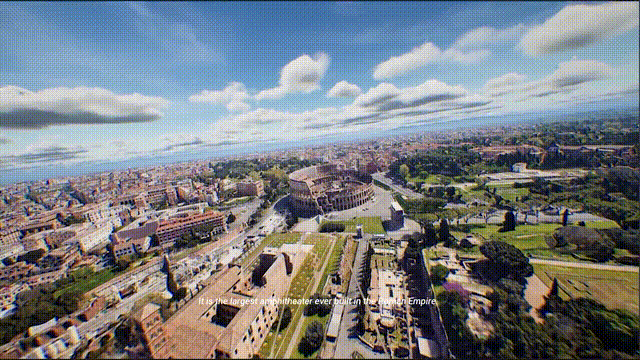
Enter the destination you want to go to, GPT will translate it into coordinates, and you can experience it after positioning it on Google Map An immersive experience created by Google Photorealistic 3D Unreal Engine.
In this way, you can go anywhere in the world and enjoy the beautiful scenery from high altitude!
Around the World in 7 Minutes
Go to Spain’s FC Barcelona.
The importance of FC Barcelona to the Spanish people is self-evident, having won the Champions League five times so far.
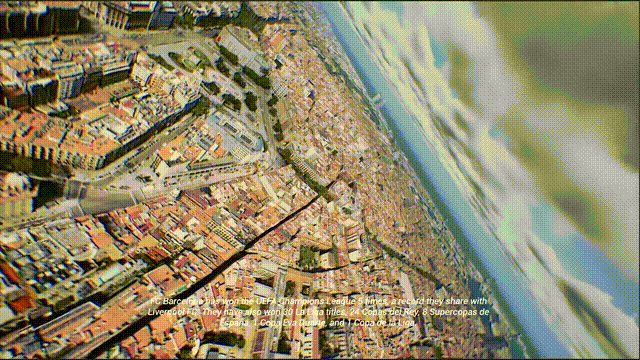
Go to see the majestic Grand Canyon of the United States.
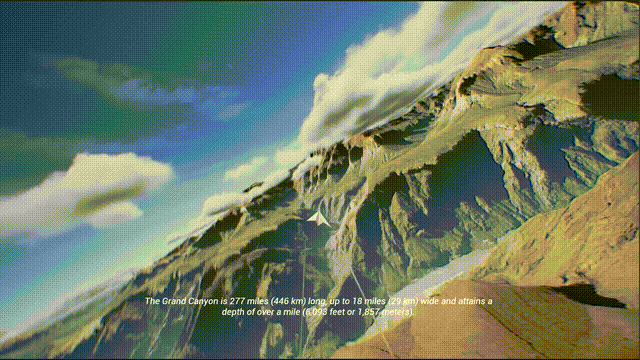
Come to New York again and get up close to Donkey Kong’s “Empire State Building”. It was named one of the Seven Wonders of the Modern World by the American Society of Civil Engineers.
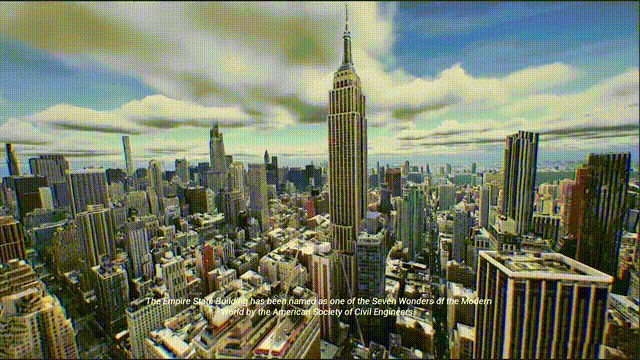
The "Tower Bridge" across the Thames River is one of the most iconic bridges in the world.
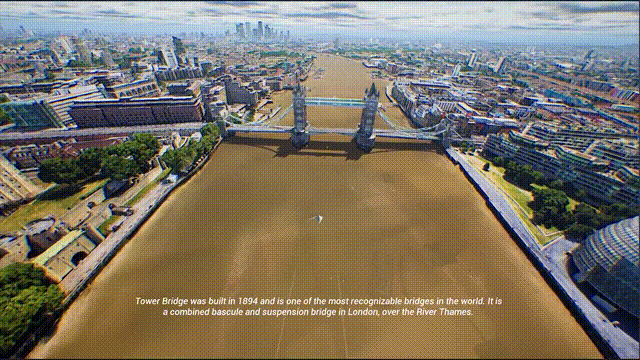
Take me to see the most beautiful cities in France. The AI instantly arrived in Toulouse, known as the "Pink City".
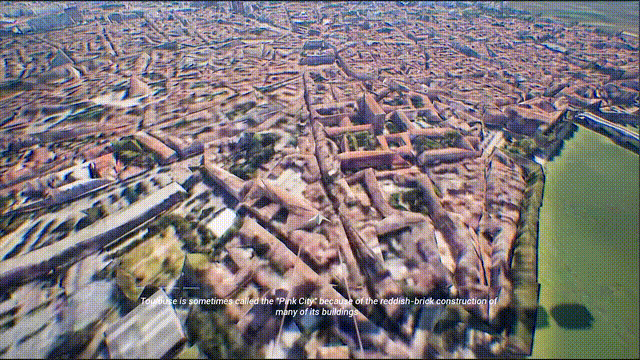
The Italian mountain range Pian del Re is the highest mountain in the Cottian Alps.
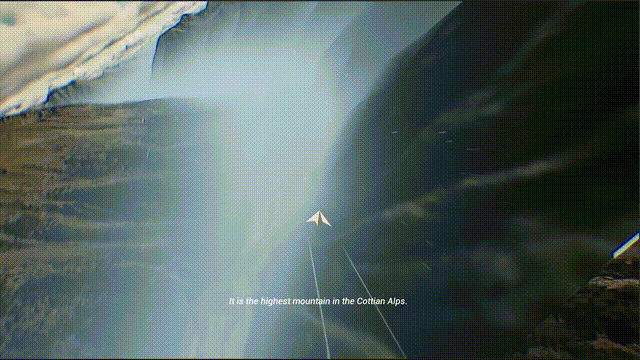
"Virtual Space Teleportation" System
Let's see how this guy does it~
Just like Doraemon took out a random door from his belly pocket, the little brother also took three things from his "treasure box".
They are: Unreal Engine 5.1, ChatGPT, and Google Maps 3D Tiles API.
In a blog, I explained the whole process of using these three things to "make my own door".
It is worth mentioning that the whole process only took a week.
Google 3D tiles is a new product released by Google at the I/O conference. Through the API, developers can directly obtain the same visual geographical images as Google Maps.
Currently supports 45 countries and 2,500 cities.
Google 3D tiles are superimposed on ChatGPT’s API, and I successfully used the virtual engine to create an immersive experience, making the impossible possible.
The blueprint in the virtual engine is very flexible and can be seamlessly connected to the ChatGPT API. Users can enter prompts to obtain dynamic output results.

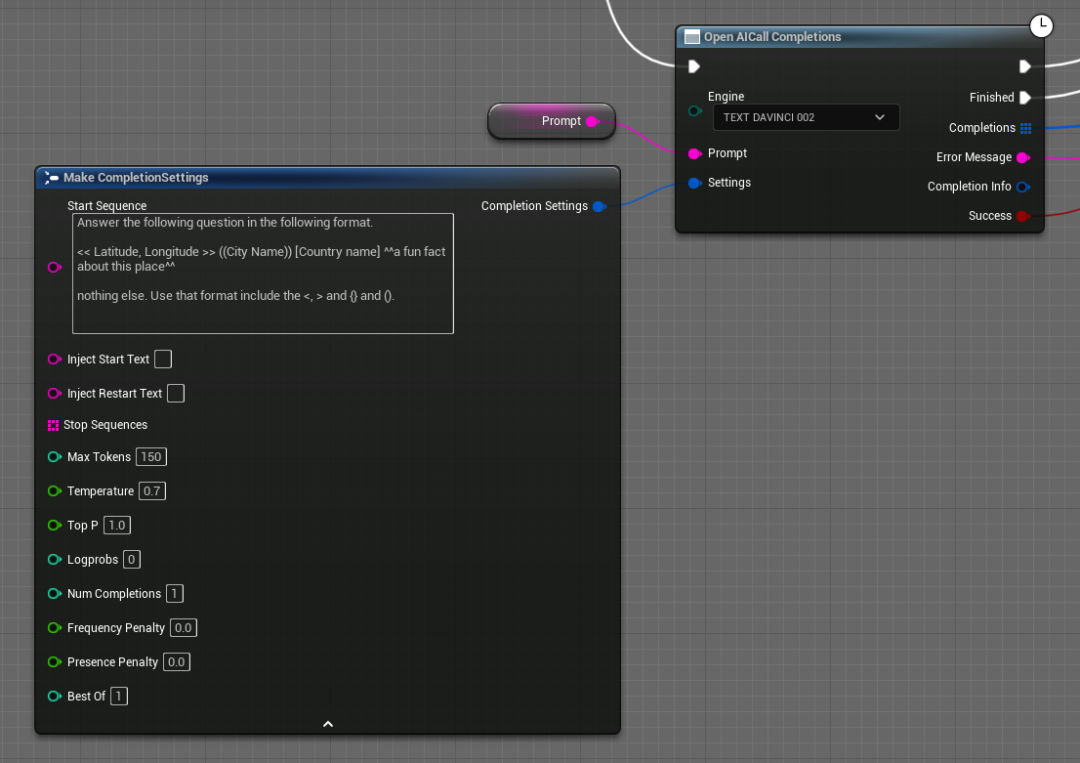
Whenever the user enters a prompt, the system will trigger a specific function.
The answer output by ChatGPT contains four parts: XY coordinates, city name, country, and a little popular science about the location.
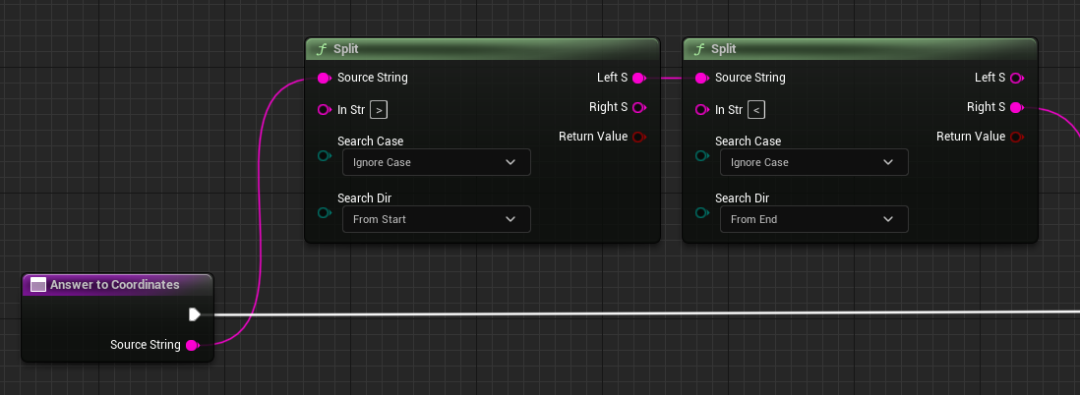
The generated data will then be turned into visual 3D text and placed in the "real world". Just like this↓

The next step is to talk about what this "real world" refers to.
How can we make the real world more vivid and the geographical location data more accurate?
This requires the use of Google Maps API.
The little brother used the Cesium platform and the connected virtual engine to throw the XY coordinate information into the Google Maps API to obtain the geographical location data. This geographical location data is then used to obtain a 3D view.
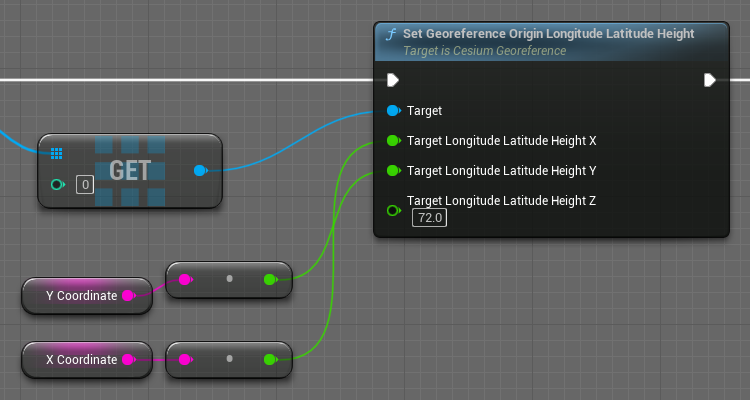
After collecting the geographical location and geometric data, load the 3D view into the specified location, so It can seamlessly "teleport" users to a new location.
In order to make the "teleport" process look smoother, I used the Niagara particle system to create a teleportation mechanism.
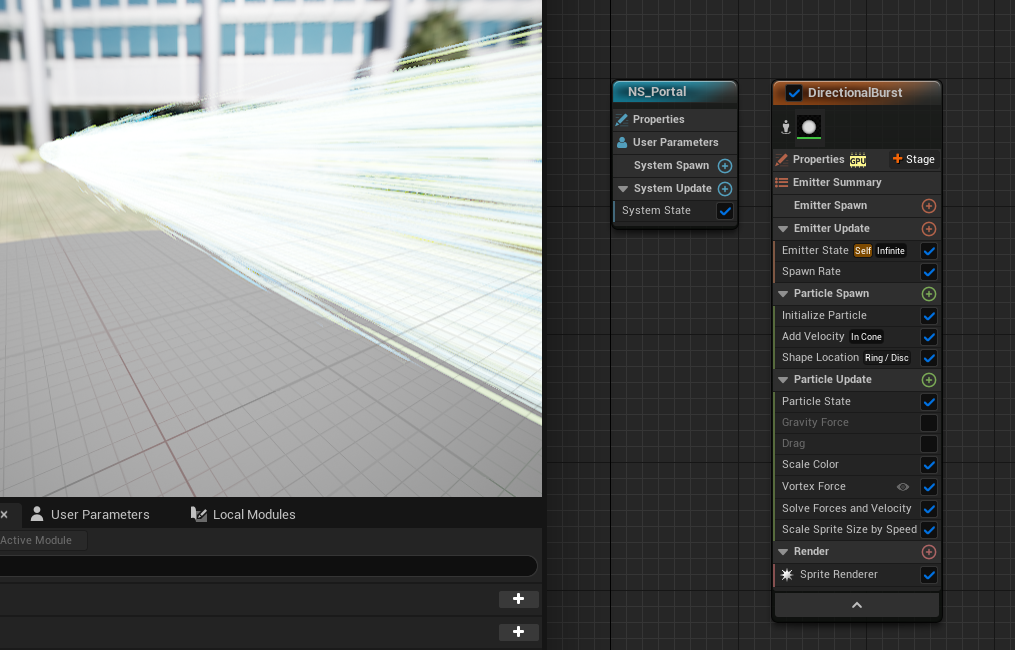
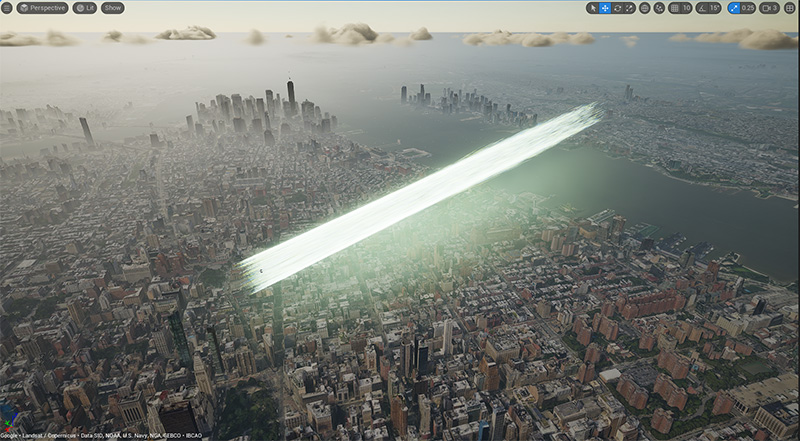
Have you ever liked the one about aliens sucking people away? (Or the kind of beam that travels between the stars)
Of course, in order to further make the transmission process more realistic, the user cannot run underground or float in the air after the transmission. .
This is because the height of the ground around the world is not the same, and if it is just a simple translation, the mold may be worn.
So I added a step, ground collision check, so that the user can be teleported to the appropriate location every time.
There is another small detail here. According to the normal thinking, if I want to teleport to point A, I will land in the center of point A.
This creates a problem, which Su Shi has long pointed out - I don’t know the true face of Mount Lu, just because I am in this mountain.
It means that when I am in the center of point A, I cannot see A at all.
So I put the actual teleportation position of the user behind point A, so that I can see the overall situation of point A.
Details always make people cry.

Of course, how could I forget the time and weather system as a detail geek.
However, he stated in his blog that currently only a random value can be generated as the time during transmission. The original plan was indeed to get the actual local time and weather conditions from another API.
However, due to some factors, this function will not be implemented until the future.
6 months of traveling around the world, leave it to ChatGPT
Besides sitting at home and traveling around the world, don’t you dare, leave 6 months of your life to ChatGPT.
Foreign travel expert Michael Motamedi did just that.
He is using ChatGPT to plan a six-month global trip for his family.

## In the past, Motamedi and his wife, Vanessa Salas, would spend days, even weeks, preparing for their 18-year-old daughter. One month old daughter researches travel plans.
But on Wednesday, they used an artificial intelligence chatbot to decide on their next destination within an hour: Morocco.
Over the next six months, Motamedi will hand over control of his family’s global travels to artificial intelligence.

Motamedi said, “We are entering uncharted territory. Because we are really putting our lives in our hands. In the hands of AI, we are like the guinea pigs of the world.”
"I can't explain to you how nervous I am about this. It makes people nervous when you don't make a decision."
Some netizens said, you are really brave! To be honest, the thought of AI controlling everything is a bit scary.

Motamedi, they use the AI travel assistant GuideGeek, which is an application based on OpenAI’s ChatGPT technology, which can be based on the user’s Customized travel recommendations are provided based on specific needs and interests.
After living in a new country for a month, Motamedi asked GuideGeek where he should travel next.
GuideGeek gives a recommendation based on personal interests, such as beautiful beaches, interesting architecture, and delicious food.

Motamedi said, "When we are in Morocco, we will pick the next place. I don't know where I will end the trip in July, it is crazy."
Motamedi and Salas tested the technology in April while using GuideGeek to plan date nights in Mexico City. This AI recommends local bars, drinks, and historical information.

While Motamedi is confident in the new technology, he is skeptical about letting a robot plan his family's life for the next six months. Still feel "fear".
Chatbots based on LLMs like ChatGPT often produce "hallucinations" or fabricate false information.
If important decisions are made based on this incorrect information, it will definitely have an impact on real life.
In this regard, Motamedi said that he does not plan to blindly follow the AI’s recommendations and will occasionally fact-check the results.
Using ChatGPT to travel around the world is indeed both exciting and scary.
The above is the detailed content of Travel around the world in 7 minutes! ChatGPT opens the time and space portal, enter the address and travel through it in one second. For more information, please follow other related articles on the PHP Chinese website!
Related articles
See more- Technology trends to watch in 2023
- How Artificial Intelligence is Bringing New Everyday Work to Data Center Teams
- Can artificial intelligence or automation solve the problem of low energy efficiency in buildings?
- OpenAI co-founder interviewed by Huang Renxun: GPT-4's reasoning capabilities have not yet reached expectations
- Microsoft's Bing surpasses Google in search traffic thanks to OpenAI technology

